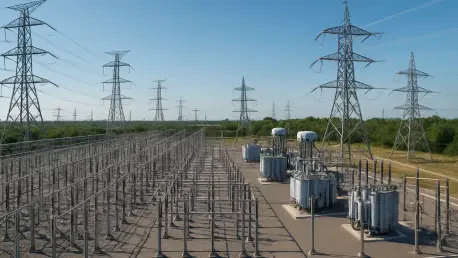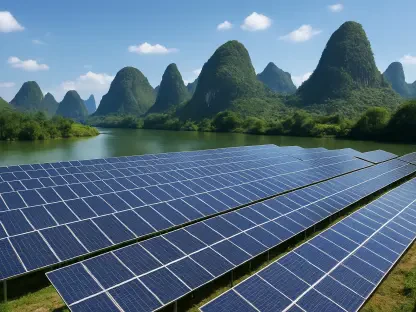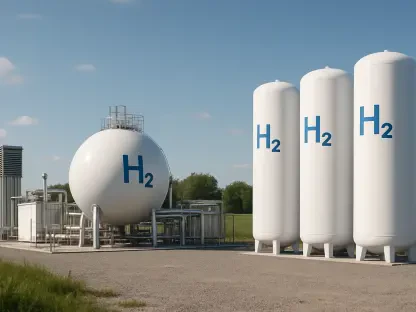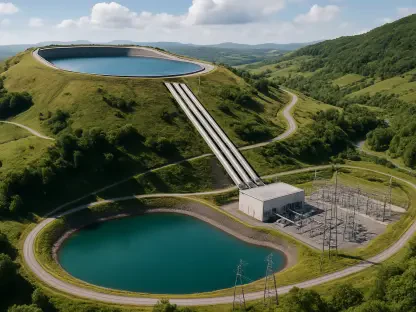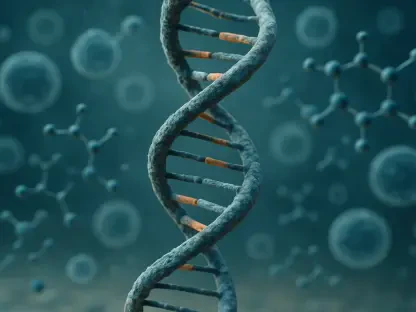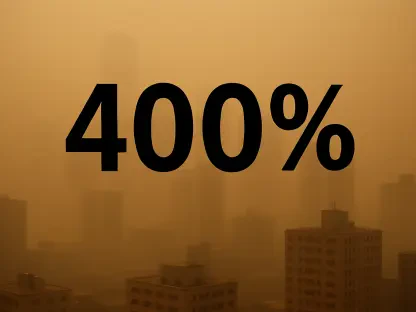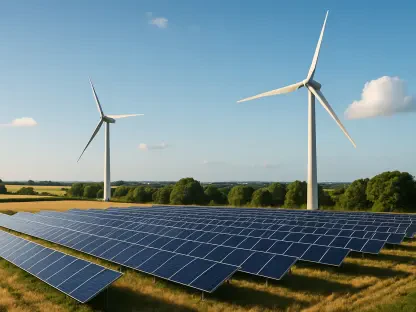As we dive into the evolving landscape of energy policy and grid infrastructure, I’m thrilled to sit down with Christopher Hailstone, a seasoned expert in energy management and renewable energy. With a deep background in electricity delivery and grid reliability, Christopher offers unparalleled insights into the challenges and innovations shaping our power systems. Today, we’ll explore the recent GRID Power Act, a bill passed by the U.S. House of Representatives on September 18, 2025, which aims to prioritize certain power projects to enhance grid stability. Our conversation will touch on the intricacies of dispatchable power, the bottlenecks in the current interconnection process, and the broader implications of this legislation for the energy sector.
Can you start by walking us through what the GRID Power Act is all about and its primary objectives?
Absolutely, Carlos. The GRID Power Act is a piece of legislation passed by the House to address some critical issues in our energy grid infrastructure. Its main goal is to expedite the interconnection process for certain power projects—specifically those that can enhance grid reliability and resilience. Right now, the interconnection queue, which is the waiting list for new power projects to connect to the grid, is overwhelmed. Projects are stuck for years, even when they’re ready to go, while energy demand keeps rising. This bill aims to prioritize projects that can provide immediate stability to the grid, ensuring we don’t face shortages or blackouts.
How does the bill define ‘dispatchable power,’ and why is this concept so central to its approach?
Dispatchable power, as defined by the bill, refers to energy generation resources that can provide a predictable and controllable supply of electricity when it’s needed most. These are power sources that can be turned on or off, or ramped up and down, to match demand and maintain grid reliability. Think of a natural gas plant, for example—it can be fired up quickly during peak demand hours. This focus on dispatchable power is central because it targets resources that can respond to real-time needs, unlike some renewables that depend on weather conditions.
What are the major challenges in the current interconnection queue system that this bill is trying to address?
The interconnection queue system is a mess right now. There’s a huge backlog of projects waiting to connect to the grid, and the process can take years due to bureaucratic hurdles, technical studies, and limited grid capacity. This delay isn’t just frustrating for developers; it’s a real threat to energy security as demand grows. Rep. Troy Balderson, the bill’s sponsor, has called the queue ‘overwhelmed and bogged down,’ and he’s not wrong. Without intervention, we risk falling behind on meeting power needs, especially in high-growth areas.
Can you explain how the GRID Power Act proposes to accelerate the process for prioritized projects?
The bill lays out a clear framework to fast-track certain projects. It tasks regional transmission organizations (RTOs) and independent system operators (ISOs), which manage the grid in different regions, with identifying projects that can bolster reliability. They must submit proposals to the Federal Energy Regulatory Commission (FERC) with solid evidence showing why a project should jump the queue. FERC then has just 60 days to review these proposals and make a decision, which is a pretty tight timeline designed to cut through the usual red tape.
What are the next hurdles this bill needs to clear to become law, and what’s happening on the Senate side?
The bill has passed the House, which is a significant step, but it still needs Senate approval and the President’s signature to become law. On the Senate side, there’s a companion bill introduced by Senators John Hoeven and Todd Young, which mirrors the House version. If it becomes law, FERC is required to start rulemaking within 90 days and finalize the rules within 180 days. That’s a fast track in itself, but getting bipartisan support in the Senate and navigating any amendments will be the next big challenges.
How has the energy industry reacted to the GRID Power Act, and what’s their perspective on its potential impact?
The response from the industry has been largely positive, especially from groups like the Electric Power Supply Association (EPSA). They support the bill because it addresses urgent reliability needs without overhauling the entire system. EPSA’s CEO, Todd Snitchler, has pushed back against criticism that this creates unfair advantages, arguing that prioritization only happens if there’s a clear, immediate need for reliability—and only if FERC agrees. It’s not a blank check for dispatchable projects; it’s a targeted solution.
There’s been some pushback against the bill as well. Can you shed light on the main criticisms and who’s voicing them?
Yes, there’s definitely opposition, particularly from environmental groups like the Sierra Club. Their main concern is that the bill could sideline cleaner energy projects, like wind and solar, in favor of fossil fuel-based dispatchable plants. They argue that this could slow down the transition to renewable energy and lock us into dirtier, more expensive power sources. Critics also worry that prioritizing certain projects might create an uneven playing field, potentially discouraging investment in renewables that can often be built faster than traditional plants.
Looking ahead, what’s your forecast for the future of grid reliability and interconnection reforms in light of this legislation?
I think we’re at a pivotal moment for grid reliability. If the GRID Power Act or something like it becomes law, it could provide a much-needed stopgap to address immediate reliability concerns, especially as demand continues to grow with electrification and data centers. However, it’s not a silver bullet. We’ll still need broader reforms to streamline the interconnection process for all projects, not just dispatchable ones, and to integrate more renewables with storage solutions. My forecast is cautiously optimistic—legislation like this can help in the short term, but the real test will be balancing reliability with the urgent need to decarbonize. We’ve got a tightrope to walk over the next decade.
